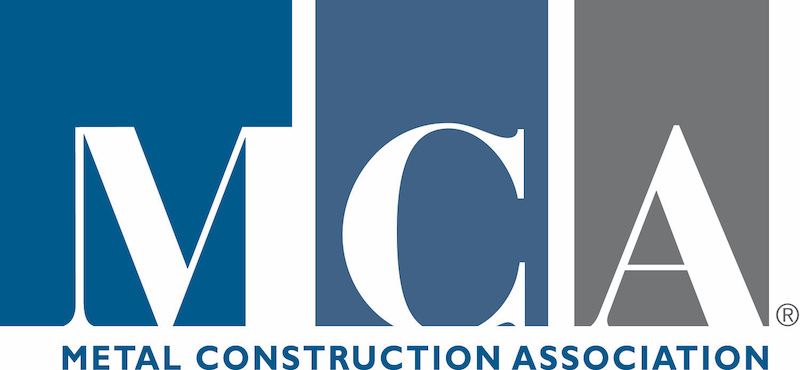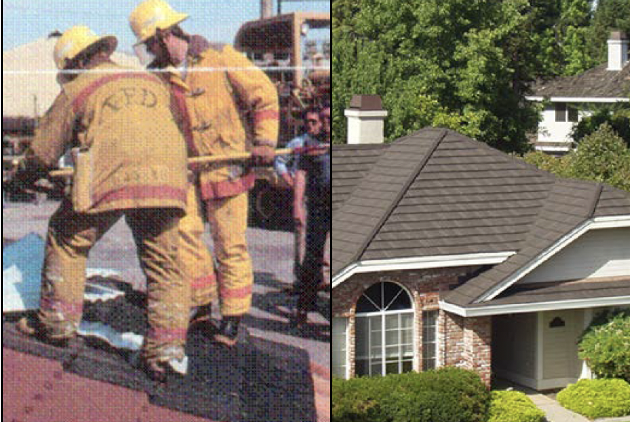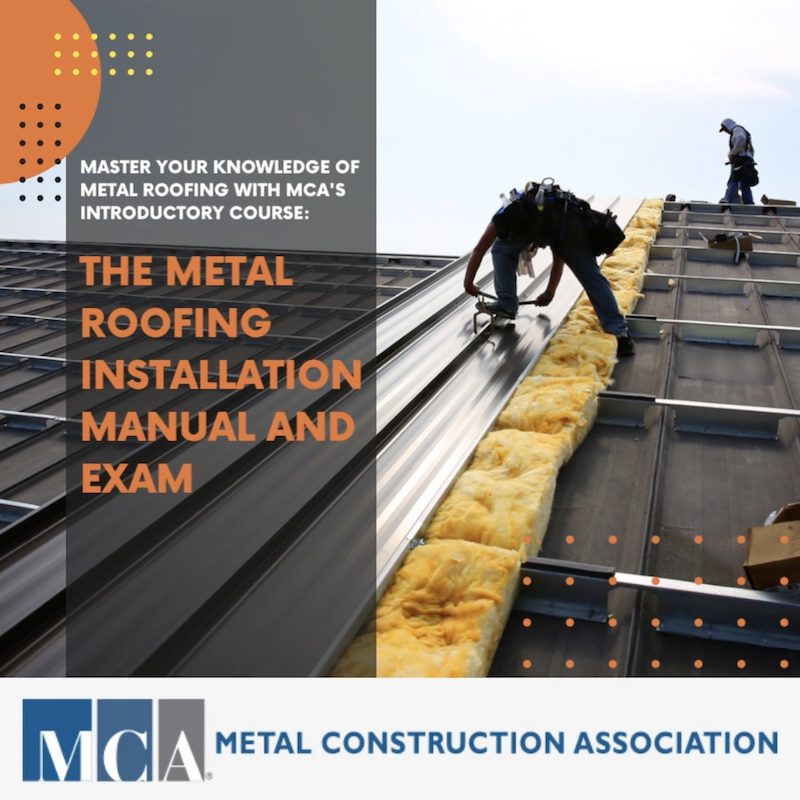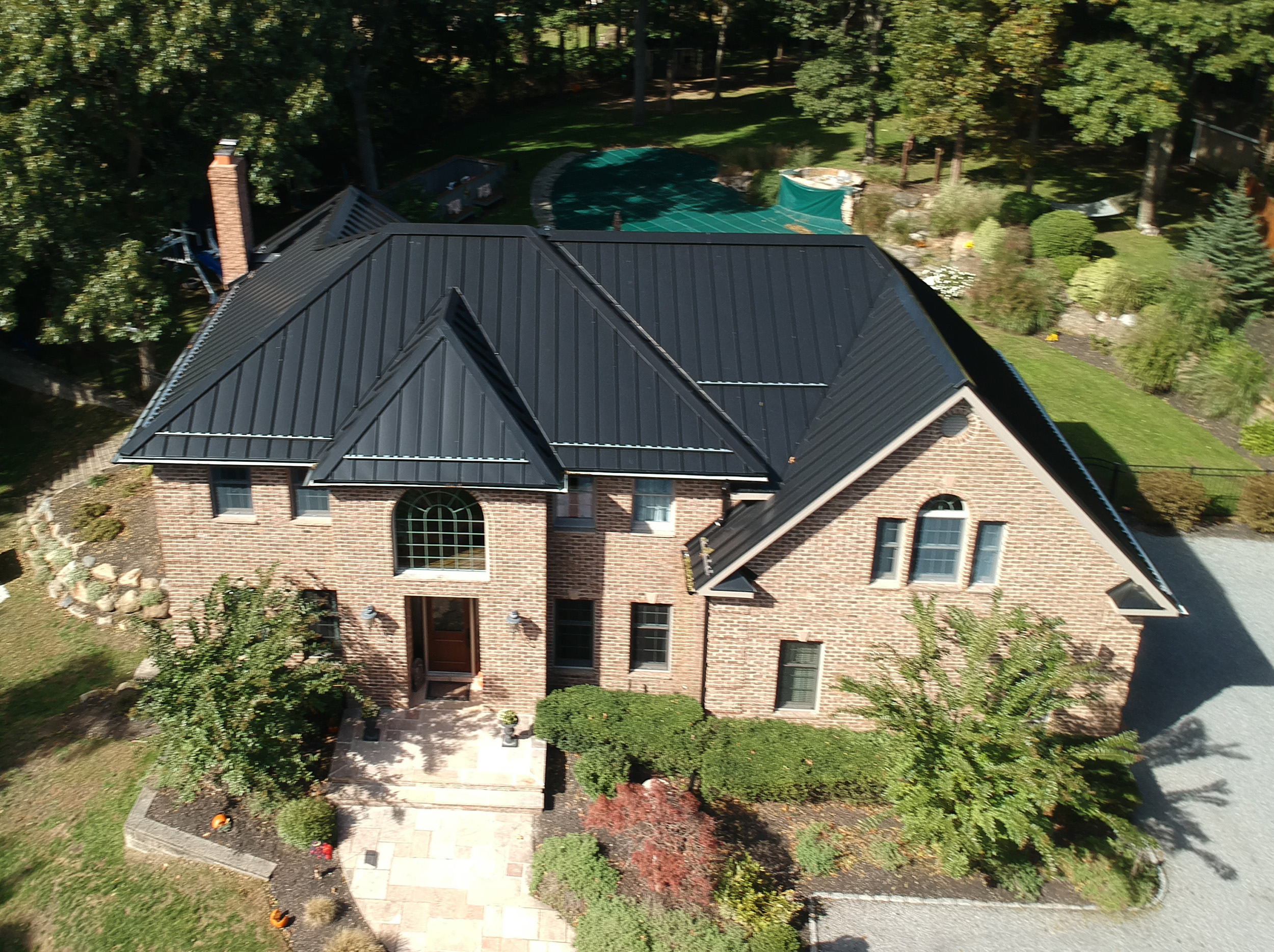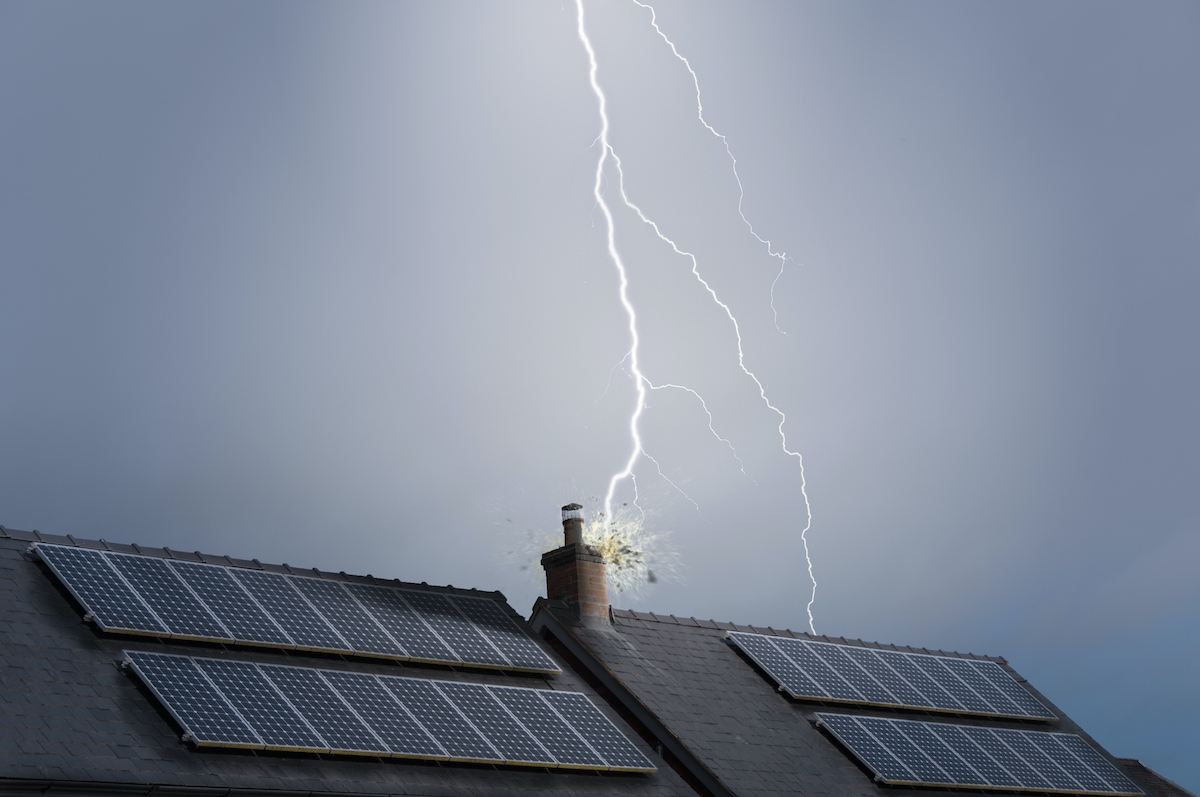White Paper
Ventilating Attic Fires: Press-Formed Metal Panel Roofs/Fire Service General Procedures Guide
General procedures for identifying a modular panel metal roof, accessing or ventilating a stone-coated metal roof, and ventilating attic fires.
Panel Roofs
Fire-safe roof products perform the following functions during firestorm conditions, which are a common occurrence in many western states.
High-Wind Resistance
Most metal roofs can withstand wind speeds over 120 mph.
Lightweight
Metal roofs weigh only 1.5 lbs per sq. ft., which can allow a limited safe entry inside of a building during a firestorm. Firefighters need to verify the sub-roof construction and determine that the structure is safe to enter.
Impact Strength
Metal roofs resist hail and will not crack when impacted by flying debris. However, a standard fire service pickaxe can be used to slice through a metal roof panel.
Ember Entry
Due to the overlapping and interlocking design of modular metal panels, embers are blocked from entering through the roof surface during firestorm conditions.
Combustibility
Metal roofs are not combustible.
Containment
Because of the overlap/interlock design, a metal roof remains intact during firestorm conditions and contains the fire within the structure. During an interior fire, metal panels will not allow burn through or cause inward collapse, nor will it spread embers to nearby homes.
